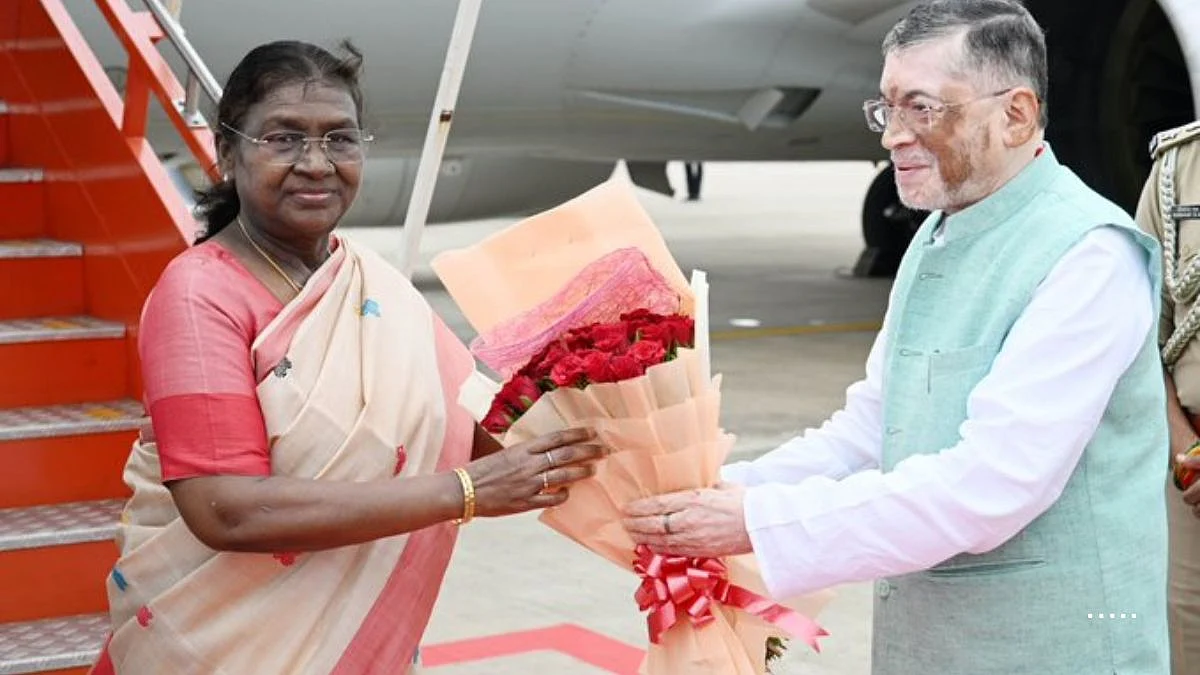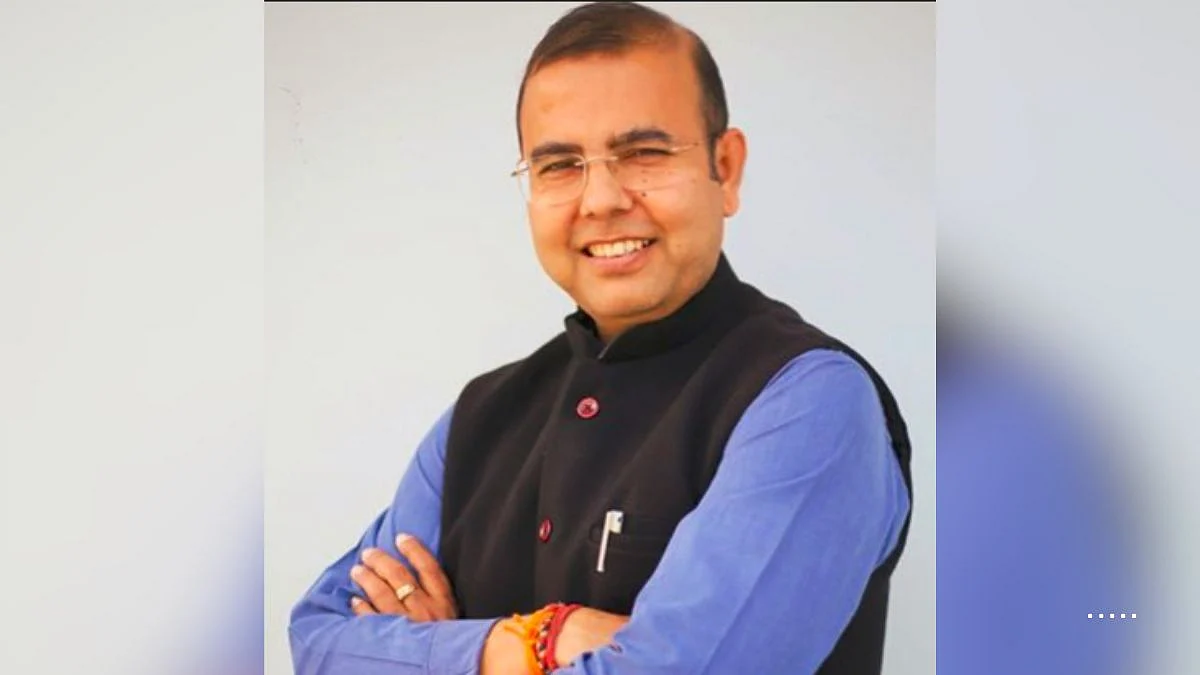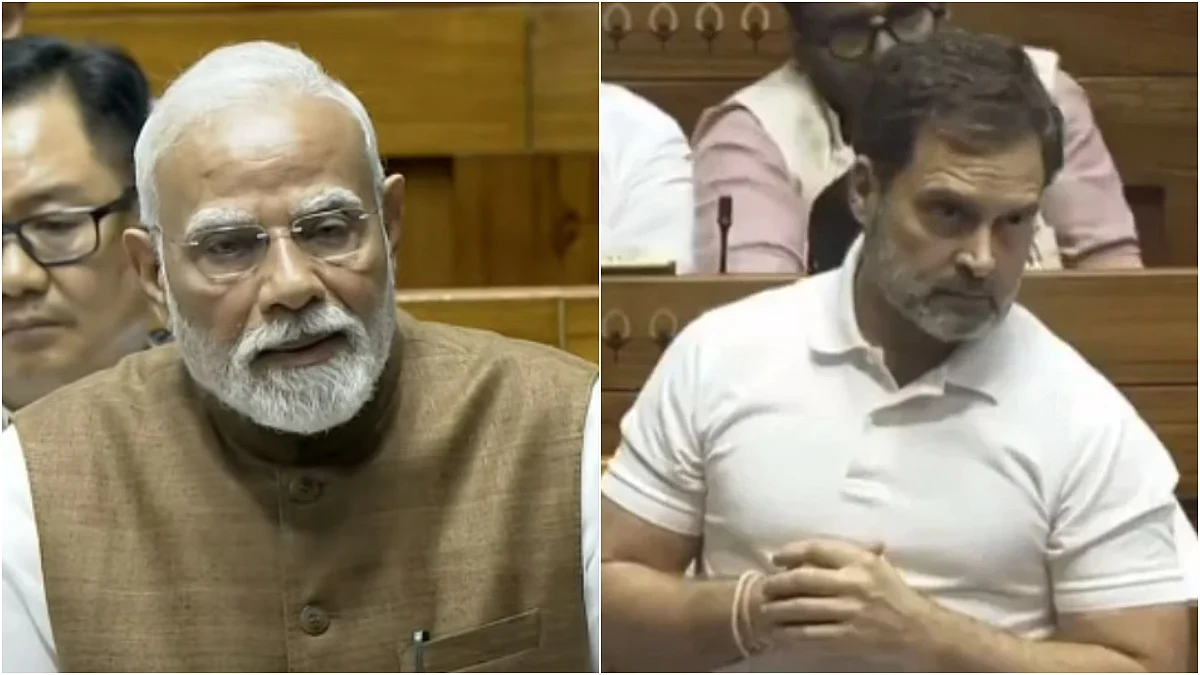Considering the fact that India lives in a troubled neighbourhood and the world is going through a churn where disruptive wars have broken out endangering global commerce, one would have imagined that Finance Minister Nirmala Sitharaman would have given a far higher outlay for modernising the country’s defence forces.
As a percentage of the total budget outlay the spending on defence has over the last few years been in the range of 12-13.5 per cent of the budget and that seems to have been maintained with the finance minister allocating nearly 13 per cent of the total budget at Rs 6.21 lakh crore. This pales in comparison with China’s annual defence budget of 1.6 trillion Yuan or Rs 18.41 lakh crore announced a few months ago.
Beijing hasn’t detailed how it will spend its budget but there are clear commitments to modernise PLA for a potential Taiwan contingency and full military modernisation by 2035, which would mean anything between 30 per cent to 40 per cent of the defence budget is probably being spent on modernisation and expansion or over Rs 6 lakh crore a year. Given that much of India’s defence budget goes into salaries, pensions and other heads, the actual capital budget of the defence forces has hovered between 25-28 per cent of the defence budget or about 3-3.5 per cent of the total budget.
This year’s Rs 1.72 lakh crore capital budget is again within the norm, accounting for about 27.70 per cent of the defence budget. The defence modernisation budget is also on expected lines with an allocation of over Rs 1.39 lakh crore for buying or building the machines of war. The big jump is however not in spending on the naval fleet as one would have imagined given the fact that China has entered the Indian Ocean building bases in Myanmar’s Kyaukphyu, Sri Lanka’s Hambantota and Pakistan’s Gwadar which rings India from the South. Instead of increased spending on building new capital ships and submarines for the navy, the country’s jet fighter fleet and a host of other equipment have taken precedence.
Though frankly, the troubles in the Middle East which have led to a partial shutting down of the Red Sea route, and China’s aggressive bid to take ownership of the South China Sea, should have created added reasons why the Indian navy should have been strengthened. The big spending increases are on aircraft and aero-engines and on the Rashtriya rifles, used to fight the nation’s counter-terrorism wars. Despite the fact that the total modernisation bill will go up by a mere 5.5 per cent this year, the bill for buying new aircraft and engine upgrades for existing air fleet has expanded by a whopping 44.5 per cent over the budget estimates of the previous year.
India’s Hindustan Aeronautics Ltd and Defence Research and Development Organisation will be upgrading the Air Force’s Sukhoi-30 Mk 1 jet fighter fleet with new radars, mission control systems, electronic warfare capabilities and new weapon systems. At the same time, new engines will be fitted to the country’s Mig-29 fleet. The country’s specialised anti-counterinsurgency force - Rashtriya Rifles’ capital budget though tiny at Rs 100 crore in last year’s budget estimate, has been hiked by 95 per cent – which would mean new kinds of assault rifles would be bought, besides a possible increase in the number of RR companies for deployment in Jammu & Kashmir where militancy seems to have gained a fresh lease of life.
The other two big-ticket items in the modernisation budget are – the naval fleet pegged at Rs 23,800 crore and other equipment (an omnibus term which includes everything from missiles, artillery, and machine guns to drones and electronic robots used by sappers) pegged at Rs 62,343 crore. Spending on both these ticket items have shrunk marginally compared to their last year’s budget estimate by about 1.7 per cent and 7 per cent respectively. Among other things, India is buying two regiments of S-400 Triumf surface-to-air-missiles from Russia to counter the deployments made by China on the country’s Himalayan border. Besides it will also purchase MQ-9B drones and related equipment worth nearly US $ 4 billion from the US, for which that country’s state department has given its nod.
While all the equipment that India is buying or building (including the Zoravar light mountain tank meant for deployment in Ladakh and the northeast), sounds impressive, the fact is that most of it is being bought in hard currency at global prices. Whereas, China is spending most of its money at home building its own war machines. While India remains the world’s top arms importer accounting for nearly 10 per cent of the global arms trade between 2019-2023, China buys just 2.9 per cent of the world’s arms exports and is 10th on the list of arms importers. This, in short, would mean the Chinese buck buys far more ammunition and guns than India’s and in a war, it will have more guns and bullets than any of its rivals in Asia.










